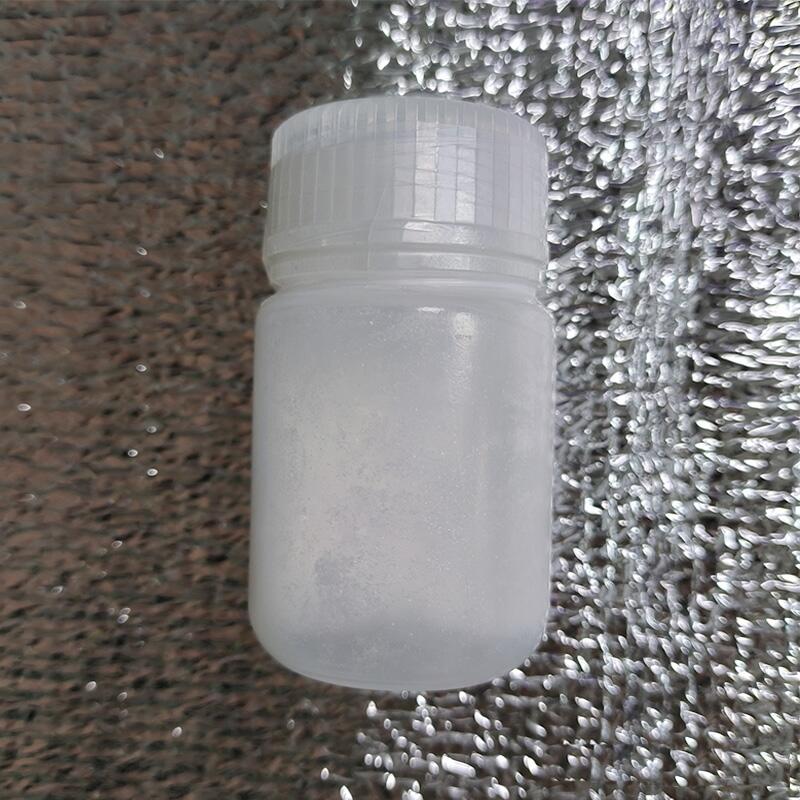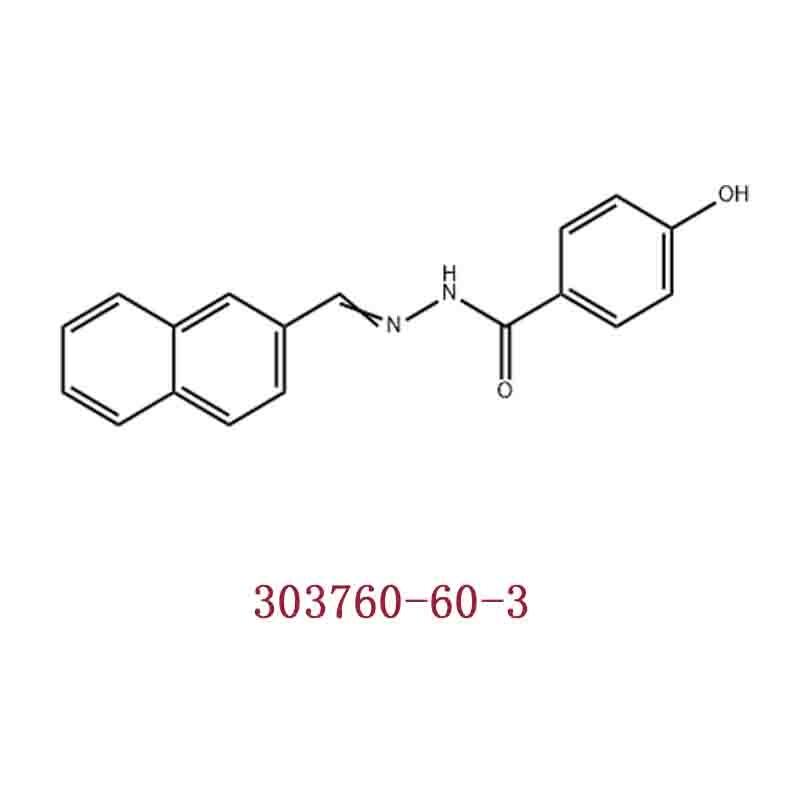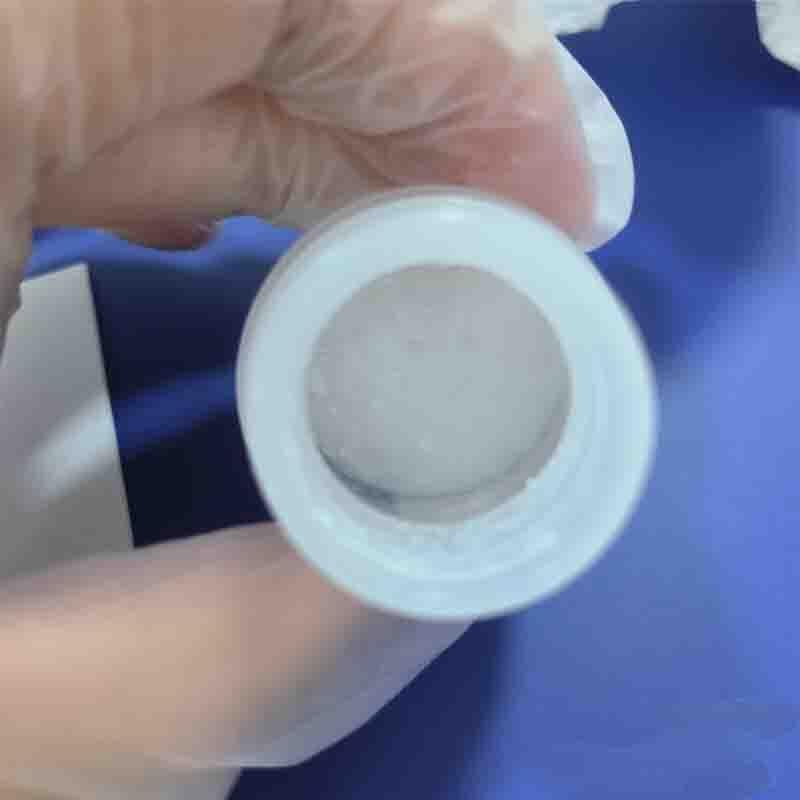-
Categories
-
Pharmaceutical Intermediates
-
Active Pharmaceutical Ingredients
-
Food Additives
- Industrial Coatings
- Agrochemicals
- Dyes and Pigments
- Surfactant
- Flavors and Fragrances
- Chemical Reagents
- Catalyst and Auxiliary
- Natural Products
- Inorganic Chemistry
-
Organic Chemistry
-
Biochemical Engineering
- Analytical Chemistry
-
Cosmetic Ingredient
- Water Treatment Chemical
-
Pharmaceutical Intermediates
Promotion
ECHEMI Mall
Wholesale
Weekly Price
Exhibition
News
-
Trade Service
Reviewing the health status of patients diagnosed in the early stages of the epidemic will help us better understand the long-term impact of the new coronavirus.
Recently, "The Lancet-Respiratory Medicine" recently published a joint study between Wuhan Central Hospital Affiliated to Tongji Medical College of Huazhong University of Science and Technology, Wuhan University People’s Hospital, and scholars from the University of Southampton in the United Kingdom.
Dr.
This prospective longitudinal cohort study included a total of 83 patients who were hospitalized with severe new coronary disease at the People's Hospital of Wuhan University between February 1, 2020 and March 31, 2020.
The research team followed up the patients at 3 months, 6 months, 9 months and 12 months after discharge.
In 12 months, most patients' symptoms, exercise capacity, and lung CT changes related to new coronary infection have improved.
In addition, in approximately one-quarter (24%) of patients, CT scans still show imaging abnormalities in the lungs, which is more common in patients with more severe lung changes during hospitalization.
The research team pointed out that although this study only involved a small number of patients, and the relevant conclusions need to be further confirmed, these data show that some severely ill patients still have physiological and imaging changes 12 months after discharge, and long-term respiratory function is required for patients with new coronary disease.







